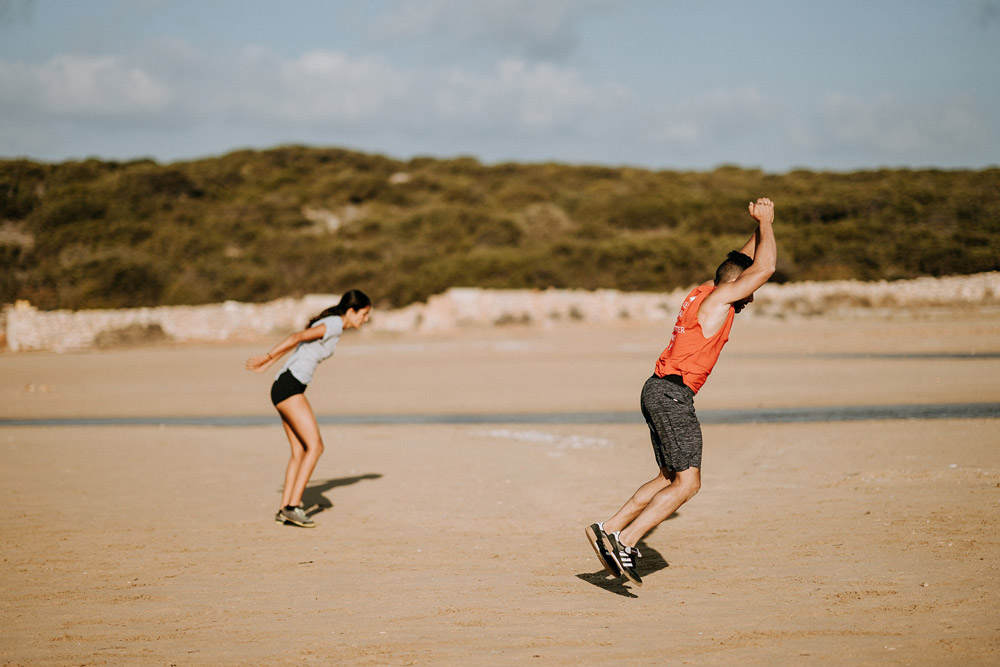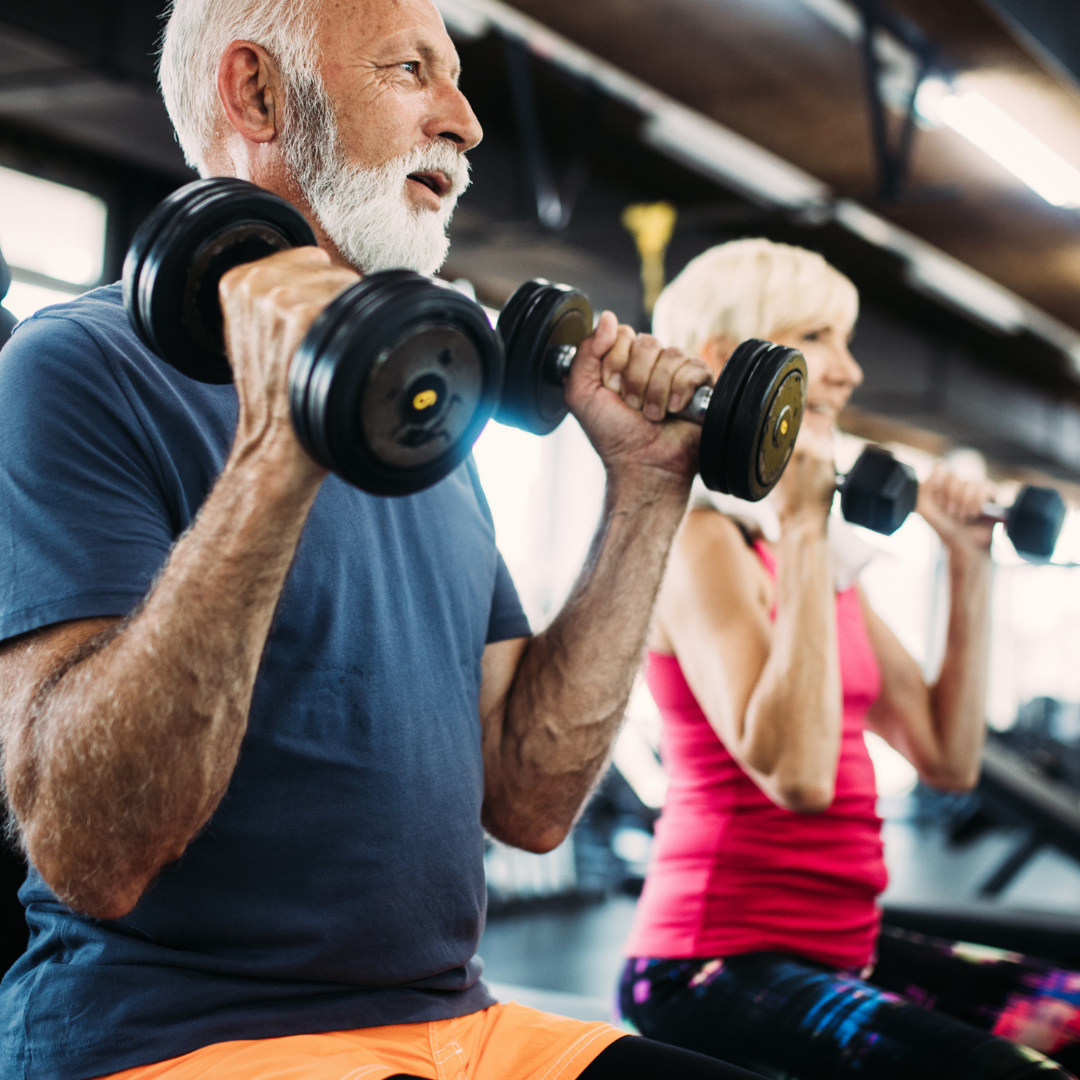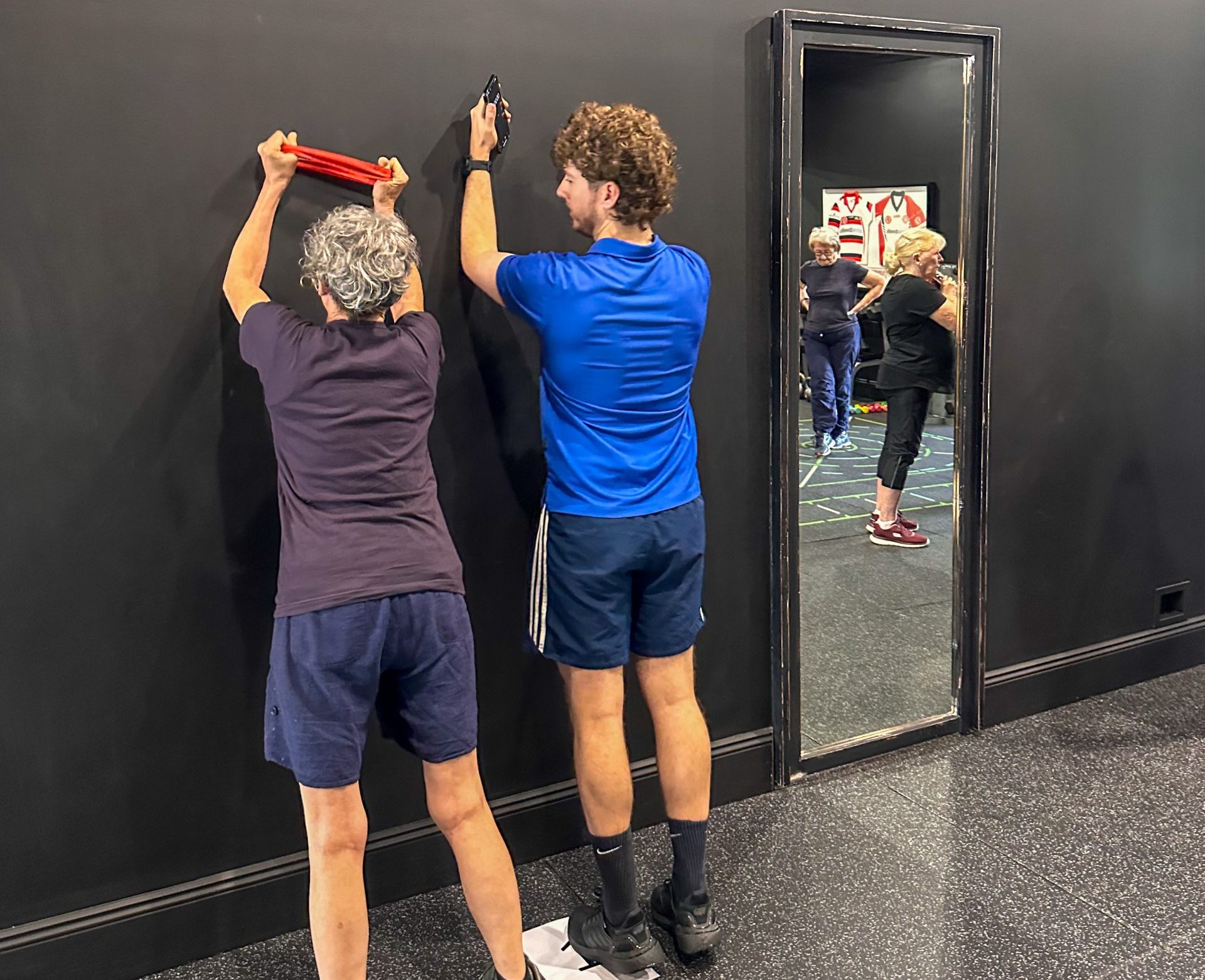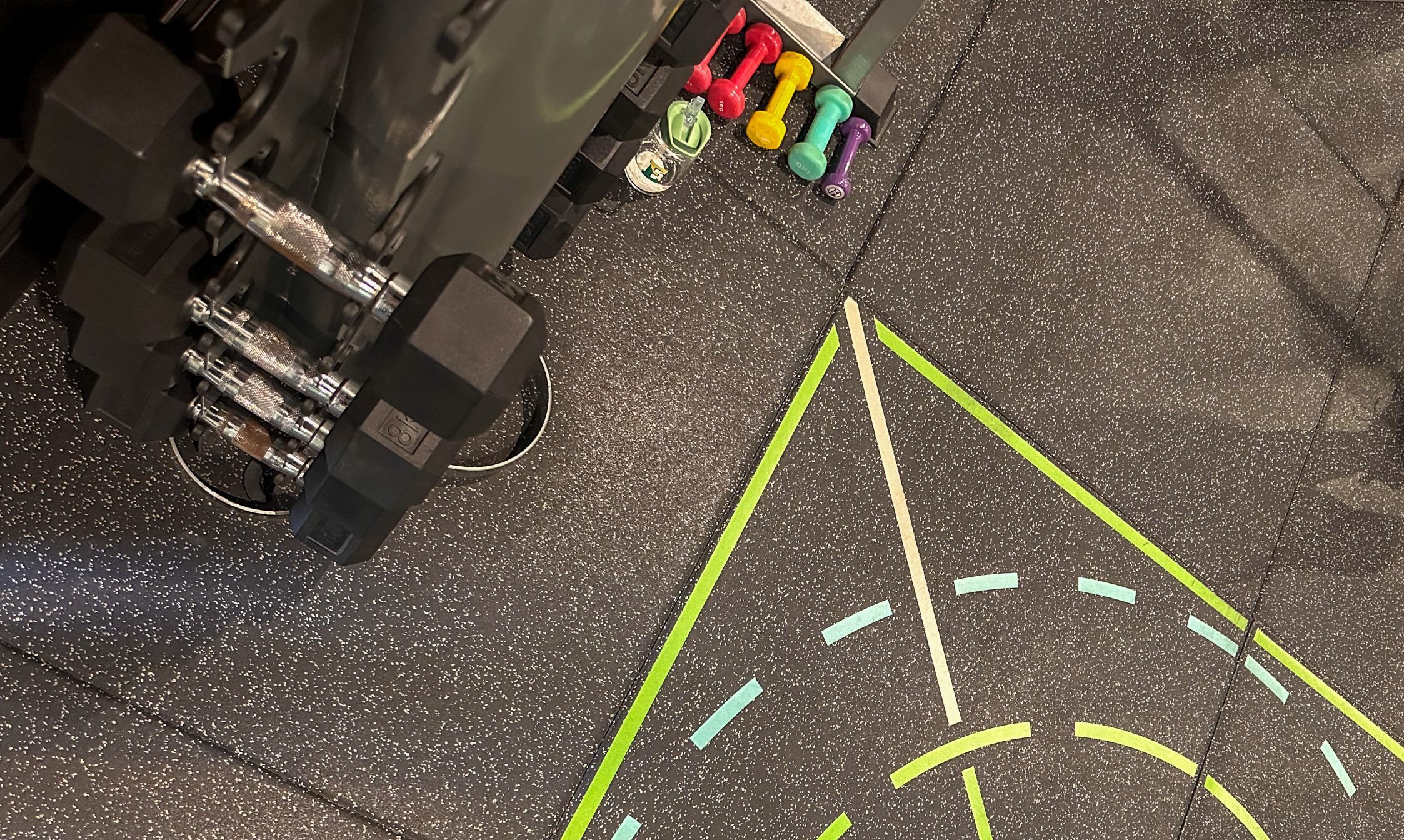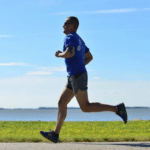
Our top tips for back-to-school health

The holidays are over, so it’s time to get back into the swing of the school year! Whether you’re dealing with a first-grader or a teenager who’s in their last year of senior schooling, maintaining a healthy, active lifestyle is the key to a happy, well-adjusted child. Here are some tips on maintaining back-to-school fitness and health.
The right backpack
A properly fitting backpack can protect your child from injury, and neck, back and shoulder pain. According to the Australian Physiotherapy Association, the best school backpacks should:
- Weigh no more than 10% of their body weight.
- Be the appropriate size – no wider than your child’s shoulders and not extend higher than their shoulders when they’re sitting.
- Wide shoulder straps that can be tightened so the pack fits firmly and snugly on their back.
- Having comfortable shoulder, chest and weight straps to help with their posture and distribute weight to their hips and pelvis.
- Padded back support and multiple compartments to help distribute the weight throughout the pack.
- Be worn with both straps over their shoulders to avoid them leaning to one side.
- Not be overloaded and be packed with the heaviest items closest to their spine.
Supportive footwear
Well-fitted school and sports shoes are also essential because if they don’t fit well, they may contribute to injury. The best school shoes should:
- Be of a reasonable quality as cheaper shoes often have less support and cushioning.
- Have adequate cushioning for shock absorption to project the joints – the sole should be firm and slightly raised with the main flex point at the ball of their foot.
- Have at least half a thumb width between their longest toes and the end of their shoes.
- Be the right length and width.
- Sports shoes like football boots should not be too big as your child’s foot needs to contact the ball well while kicking.
Smart and safe exercise
Whether your kids enjoy keeping active on their own or are involved in a competitive sporting team, they need a balance between learning, recreation and rest. According to Sport Australia, they should:
- Understand the importance of good nutritional habits and physical health.
- Minimize the time they are sedentary every day, including limiting their use of electronic media.
- Understand the importance of rest, recovery and not over-training.
- Try to engage in team sporting activities, which helps with strength, coordination and social and emotional health.
In terms of exercise for children aged between five and 12, the Australian Government recommends they:
- Spend at least 60 minutes a day throughout the day exercising moderately to vigorously.
- Undertake muscle and bone strengthening exercise three times a week, which can include simple weight-bearing exercises like squatting, skipping and jumping.
In terms of exercise for teenagers aged between 13 and 17, the Australian Government recommends they:
- Accumulate more than 60 minutes of moderate to vigorous intensity physical activity every day.
- Engage in activities that strengthen muscle and bone on at least three days per week.
Consider getting your teen involved in our Active Teen classes! These are run by our experienced physiotherapists on Mondays and Wednesdays and are designed to develop your teen’s fitness, strength and coordination.
Also, make sure you check in with us throughout the month, as we’ll be posting a range of tips to keep you and your child on track … until it’s time to do it all over again next year!
If you’d like to know more about rehabilitation, exercise techniques and injury prevention strategies for kids, we’re here to help! Contact one of our qualified physiotherapists today on 07 3352 5116 or book an appointment online.

